Your Child Will Learn
Exploring the effect of different forces on a ball
Here’s What to Do
- Gather a few different types of balls (like: soccer ball, kickball, baseball, bouncy ball) and head outside to a wide open space.
- Mark a starting spot on the ground with a stick or rock. Experiment with different ways of moving the different balls. Examples:
- A child kicking or throwing the ball gently
- A child kicking or throwing the ball as hard as they can
- An adult kicking or throwing the ball as hard as they can
- Rolling the ball on the ground
- Rolling the ball down a playground slide
- Use rocks or sticks to mark where the ball lands each time.
- Summarize your results: what kind of force made the ball go farther? Did one type of ball seem to go farther than another?
Put PEER Into Action
PAUSE
- Stand together at the “starting line” and describe how you’re going to do your experiment. All set?
ENGAGE
- “Can you try kicking the soccer ball very gently? Measure how far it went by putting this stick where it landed.”
- “Let’s try using the same motion of throwing gently, but with a different ball. What do you think will happen with this ball?”
ENCOURAGE
- “Can you think of another way we can try moving the balls?”
- “What did you notice about how that ball moved? What did its path look like? How far did it go?”
REFLECT
- What are some reasons you can think of that the same ball moved differently? What are some reasons that the balls moved differently from one another?
Not Quite Ready
Focus on experimenting with how to move the ball in different ways, with less of a focus on the results.
Ready for More
Make an experiment log: write down your child’s predictions before each kick/throw/roll, write down their observations, and talk about the results afterwards
As Your Child Masters This Skill
They will have a sense of how different types of forces change a ball’s motion
Time to Complete
20 minutes
Materials Needed
A few different types of balls (like: soccer ball, kickball, baseball, bouncy ball), sticks/stones found outside to mark the distance
